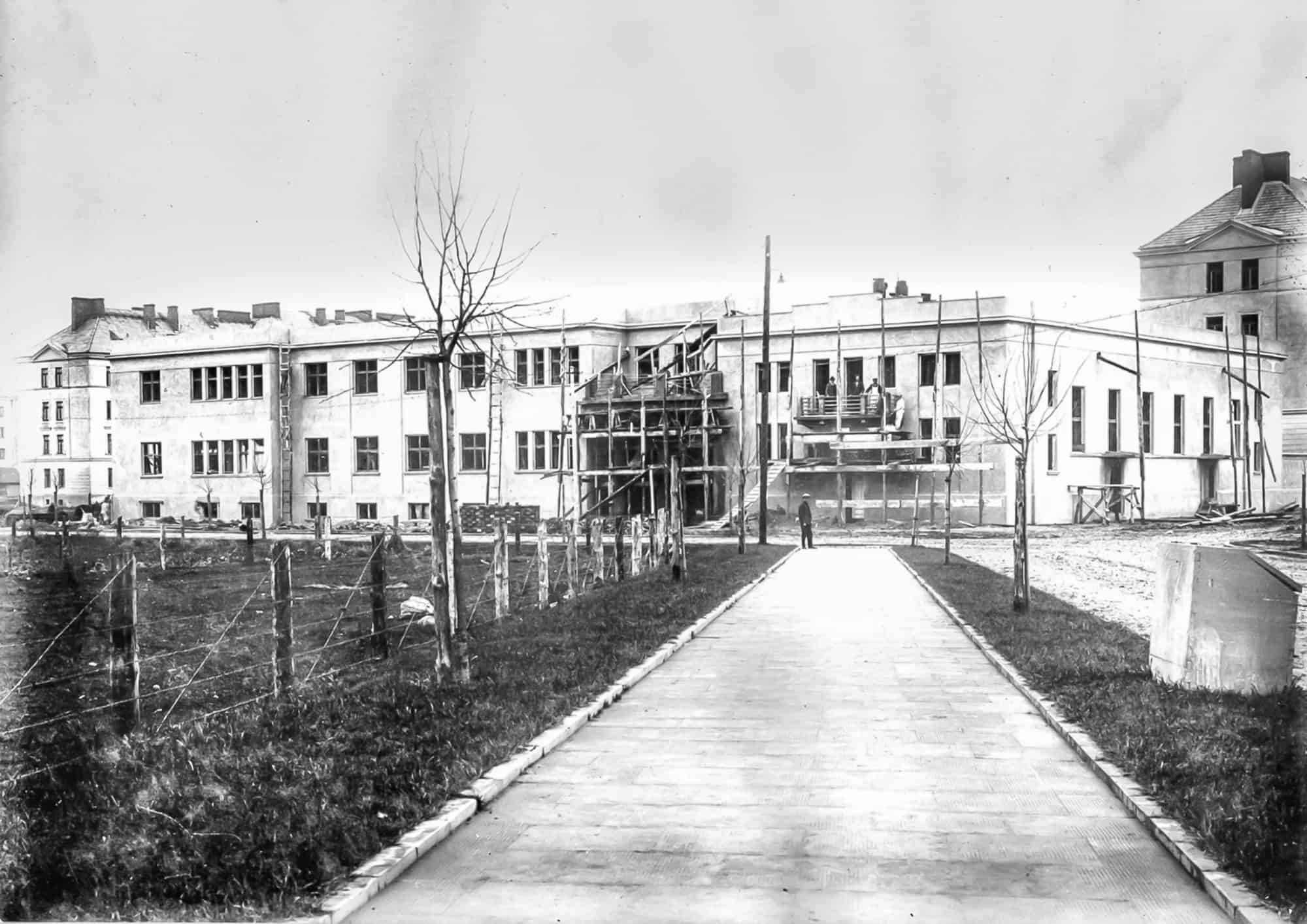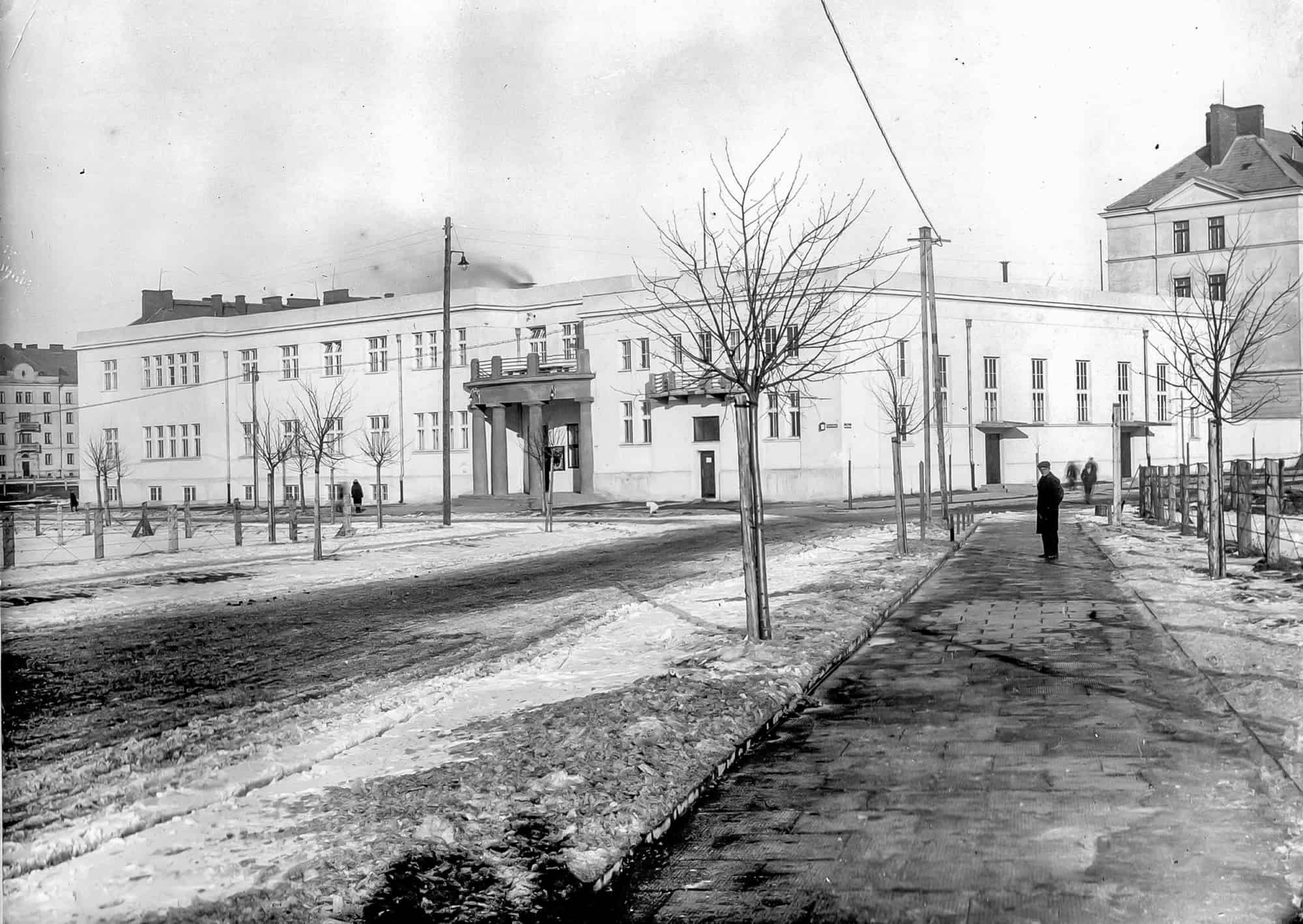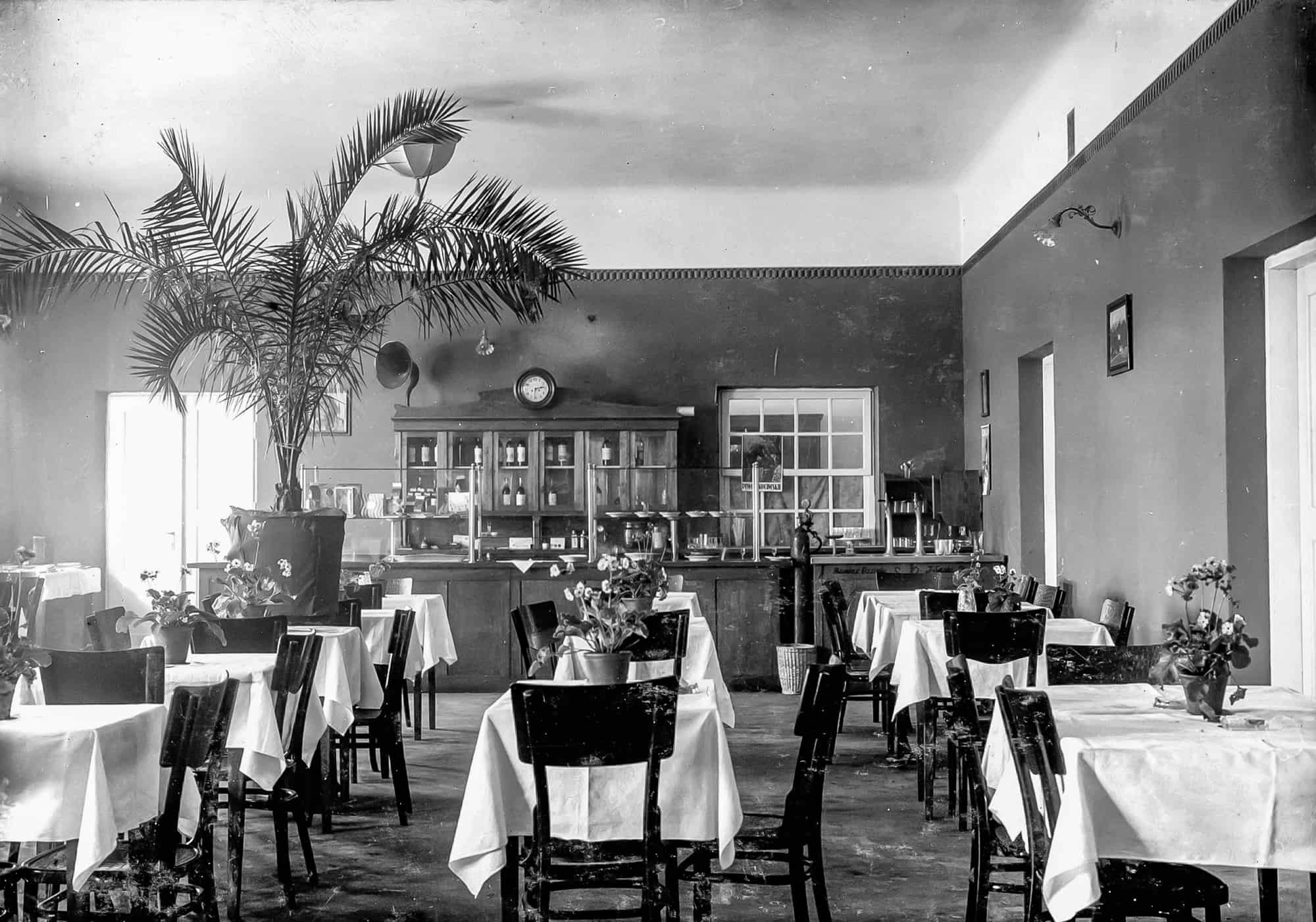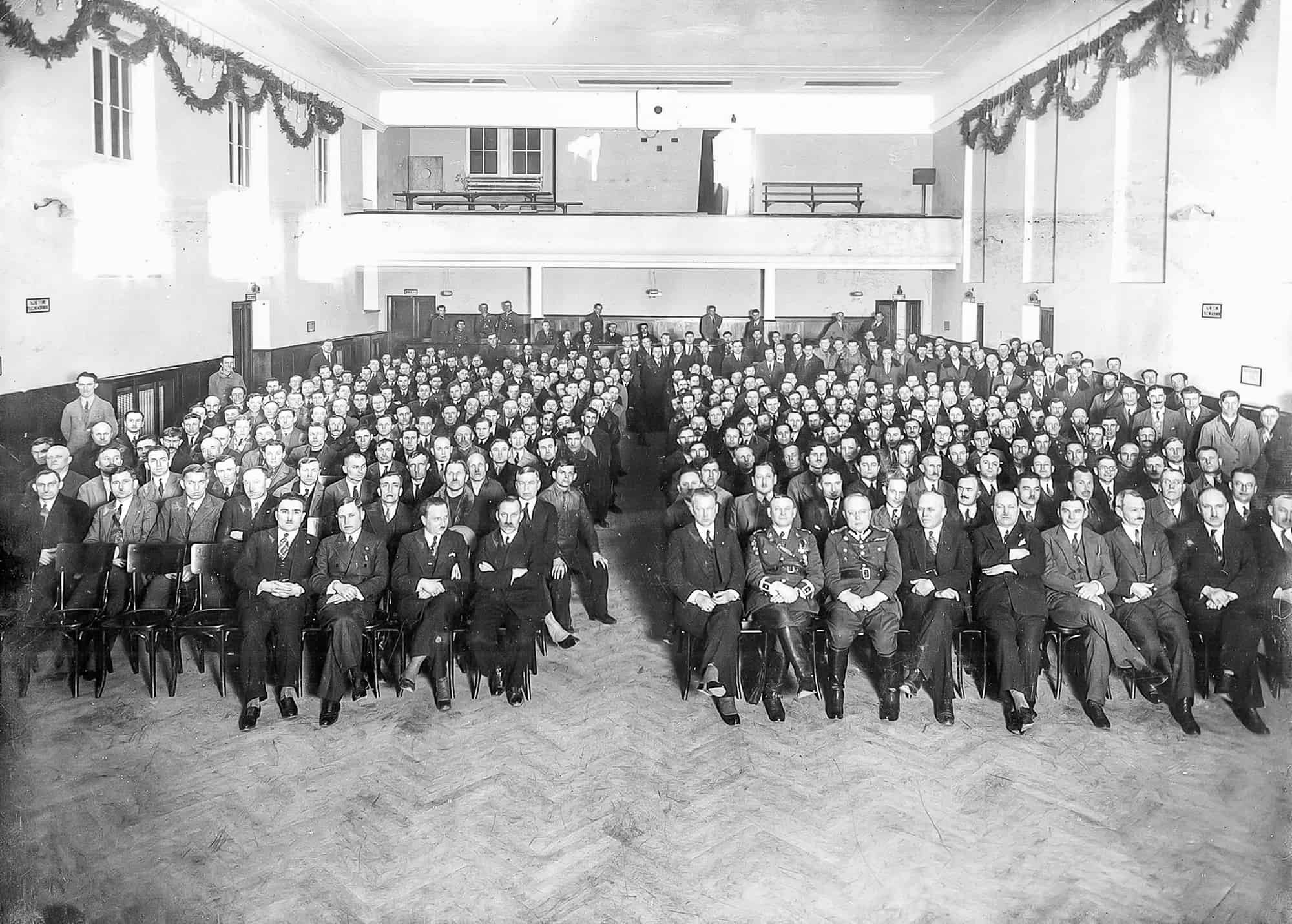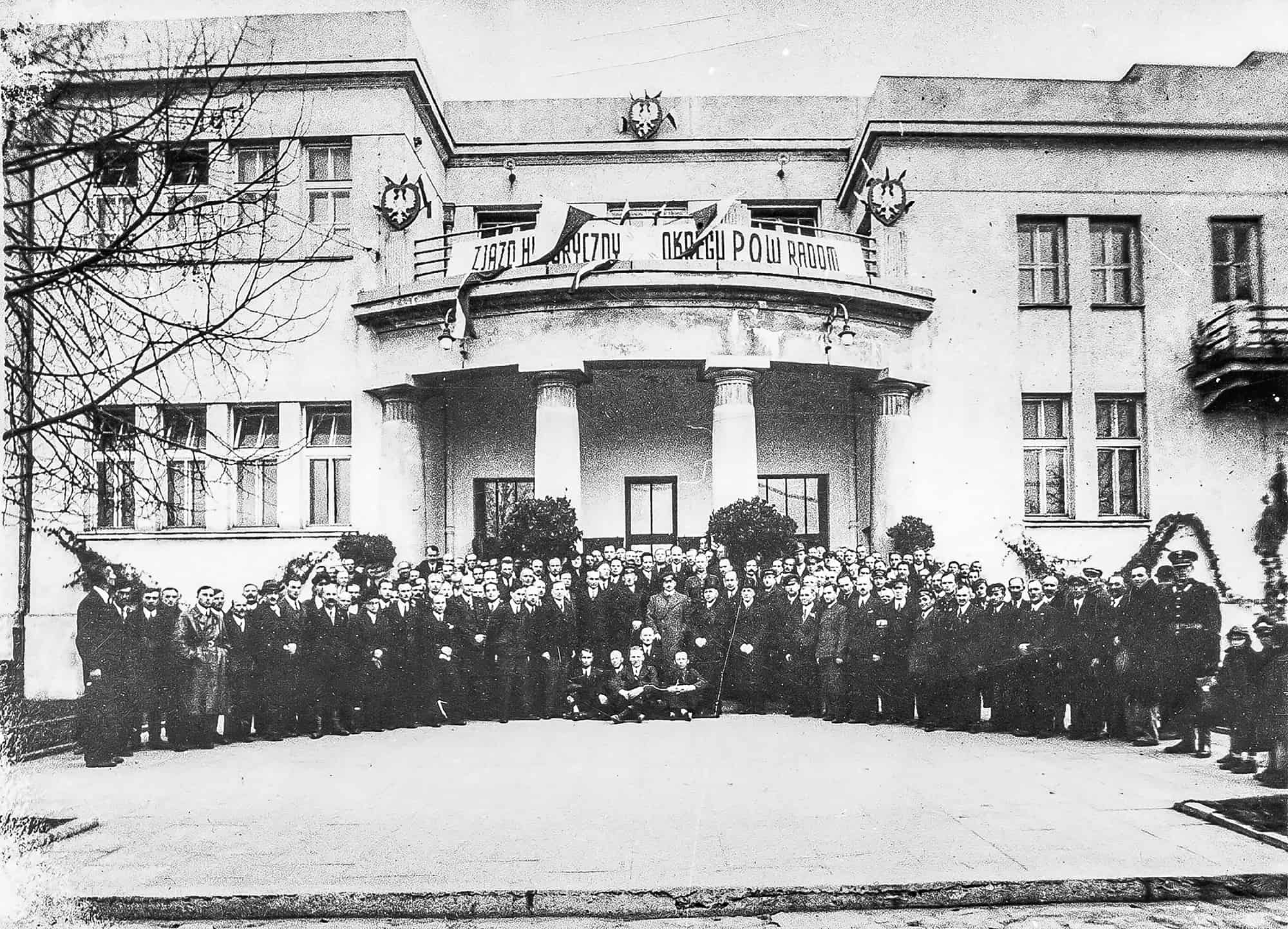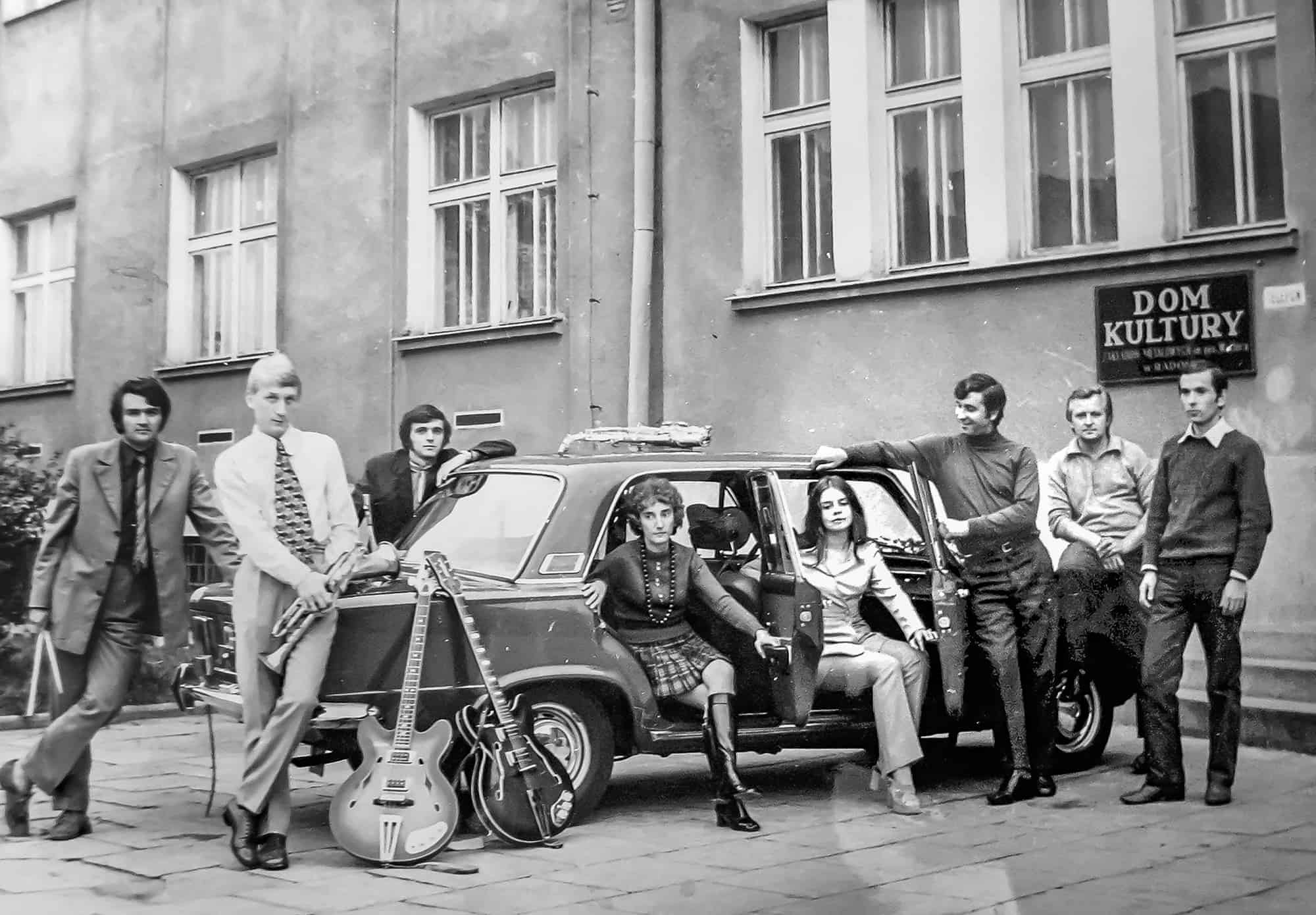HOUSE OF CULTURE
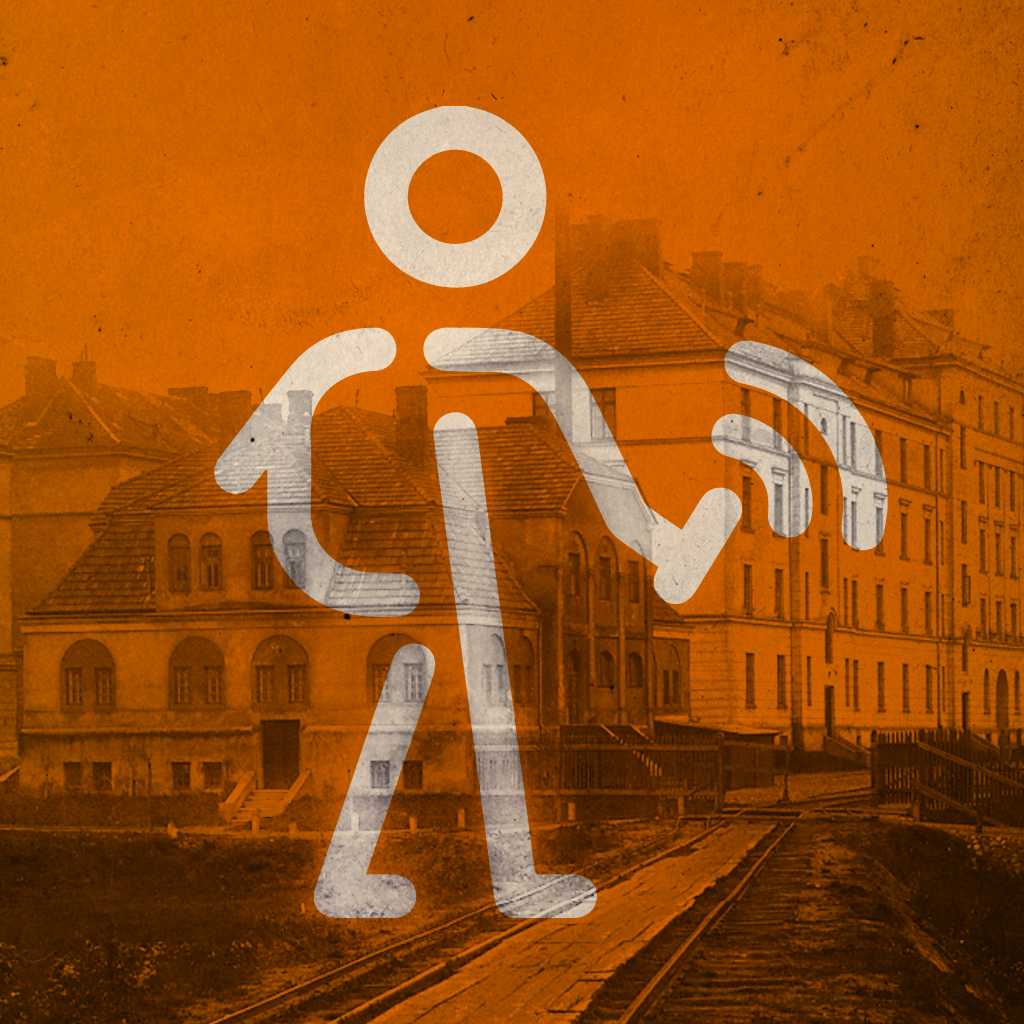
Listen to the audio guide
The plans for the workers’ housing development included the construction of two casinos, one for workers and one for officials. Ultimately, the concept of building one facility shared by all employees won out. The competition for the design of the casino was won by the Association of Architects of the Republic of Poland. The building is located at the intersection of Kościuszki and Dowkontta Streets. The grand opening of the Weapons Factory Employees Casino took place on November 11, 1931.
“(…) a beautiful reinforced concrete building in modern style was erected in T. Kościuszki Street, in the middle of a colony of clerks and workers, containing a large theatre and cinema hall, a gymnasium, reading rooms, dining rooms, 2 terraces, a number of comfortable rooms for the library, reading rooms, interest groups, etc. The casino is also home to the People’s University run by the “Oświata” (“Education”) centre and to a primary school (in the mornings) attended by the children of the Factory’s employees. The casino’s buffet serves several hundred cheap dinners to the workers” – this is how the appearance of the casino was described by “Ziemia Radomska” in 1931.
Since 1934, the casino also housed a new “Znicz” cinema for the employees of the Weapons Factory, which had previously operated in a building at 3 Dowkontta Street, destroyed by fire in 1933. The facility was maintained by the factory management, so it did not run a typical commercial activity like other city cinemas. Thanks to subsidies from the factory budget, ticket prices were very attractive, which attracted audiences. “Znicz” projected almost exclusively documentary films, showing the development of Poland, the lives of its people, but also exotic countries and world events.
The casino also had a representative function, hosting many distinguished guests visiting the factory. Visitors included: Polish President Ignacy Mościcki, Polish Marshal Edward Śmigły-Rydz, and Romanian King Charles II.
Until the outbreak of World War II, the employee casino was one of the most important cultural centres in the city. The Cultural and Educational Group of Radom Weapons Factory Workers was thriving there, directing its offer not only to the staff but to all citizens of the city. The distinguished activists of the group were: Adolf Barczewski, Andrzej Erhard, Jan Janiszewski, Kazimierz Januszewski, Antoni Najbert, Karol Olszewski, Andrzej Sieniewicz, Stefan Zięba. Since 1931, an orchestra cooperated with the company’s male choir and, since 1932, also with a mandolin ensemble led by Stanisław Flont.
The drama section of the Cultural and Educational Group performed its plays in the casino. Its repertoire consisted mainly of plays with patriotic themes, such as “Wykradzenie 10 więźniów z Pawiaka” (The Stealing of 10 Prisoners from Pawiak) directed by J. Górski, a fragment of “Kościuszki pod Racławicami” (Kościuszko at Racławice) by W. Anczyc, or “Na zawsze” (Forever) by L. Rydel.
The cultural offer of the casino was extremely varied, with patriotic celebrations, lectures, as well as theatre performances, children’s games and carnival balls organised here.
During the German occupation, the building served as a casino exclusively for Germans. After the war, in 1948, in place of the casino of the Weapons Factory, the Company House of Culture “Walter” was established. Functioning continuously until 1991, the institution was one of the most active cultural institutions in Radom.


